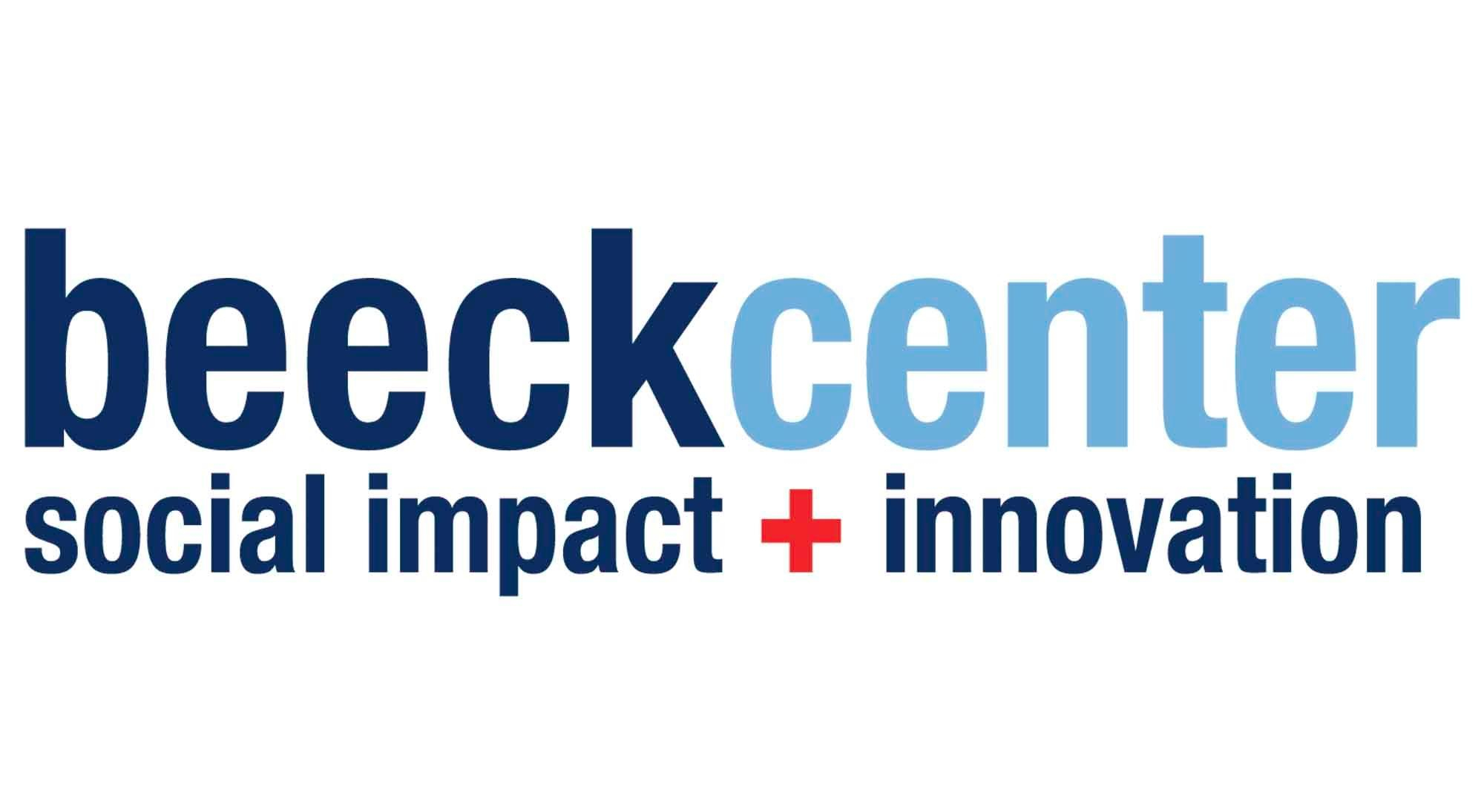The Magical and the Mundane in Tech

On Friday, November 6, 2015, the Beeck Center for Social Impact & Innovation at Georgetown University hosted a seminar on Technology and Democracy, with a focus on the role of technology in our lives and future trends in civil society. The Beeck Center is an incredible group that inspires and prepares students, faculty, and global cross-sector leaders to generate and innovate solution-based social change both locally and internationally. It promotes collaborative spaces for fostering innovation and provides experiential opportunities to pragmatically impact the social sector.
With the Chatham House Rule in effect, participants from a wide variety of backgrounds across multiple sectors were able to openly share their experiences, successes, failures, frustrations, and lessons learned about technology in democracy and development, as well as freely imagine the possibilities of what the future may bring.
It’s hard to do justice to the brilliant insights and ideas the participants brought to the event in ablog post, but one theme that consistently arose from the discussion was “the magical vs. the mundane,” a particularly salient issue when it comes to development projects.
Glitzy, “magical” proposals that promise to instantly revolutionize the field attract intense interest and funding. However, implementation, practicality, and long-term impact are often overlooked in the wave of excitement that these projects generate. Examples of failed projects included power-draining devices sent to areas without consistent electricity and bandwidth-heavy, web-based programs in areas with poor internet connectivity. In many cases, even successful implementation of these projects showed that they did little to improve the situation of their target beneficiaries, and in some cases the changes brought about by the project damaged existing economic and social structures in irreversible ways. Some “mundane” projects that focused on basic infrastructure and access to traditional services proved to have more substantial and lasting impacts.
At the same time, innovation can only happen if people are willing to take a risk on bold new ideas that may indeed revolutionize the field and accelerate the possible rate of progress for both mundane and magical projects alike. We have seen incredible projects that have leveraged new technologies and radical new approaches to development that have dramatically improved lives. The use of mobile technology to provide access to financial services and reduce informational asymmetry in rural communities and markets is just one of many recent innovations that have transformed development worldwide. Thus, the development field needs to strike a balance between the mundane and the magical, and honestly reassess measures of success. Creativity and innovation must be tempered with a critical assessment of the capacity and needs of the local beneficiaries and the realities of the situation on the ground. Traditional programs need to explore ways that new technologies, ideas, and methods can expand the horizons of international development.
Most importantly, funders and implementers must continuously listen to the input and feedback of their beneficiaries to ensure that projects actually address their needs and are being implemented in a way that genuinely improves their lives. In fact, some of the most successful “magical” projects often come from ideas developed in the developing world. The opportunities to both innovate and ensure a positive impact are maximized when the beneficiaries of development projects have an active role in the planning, implementation, and improvement of these projects.
